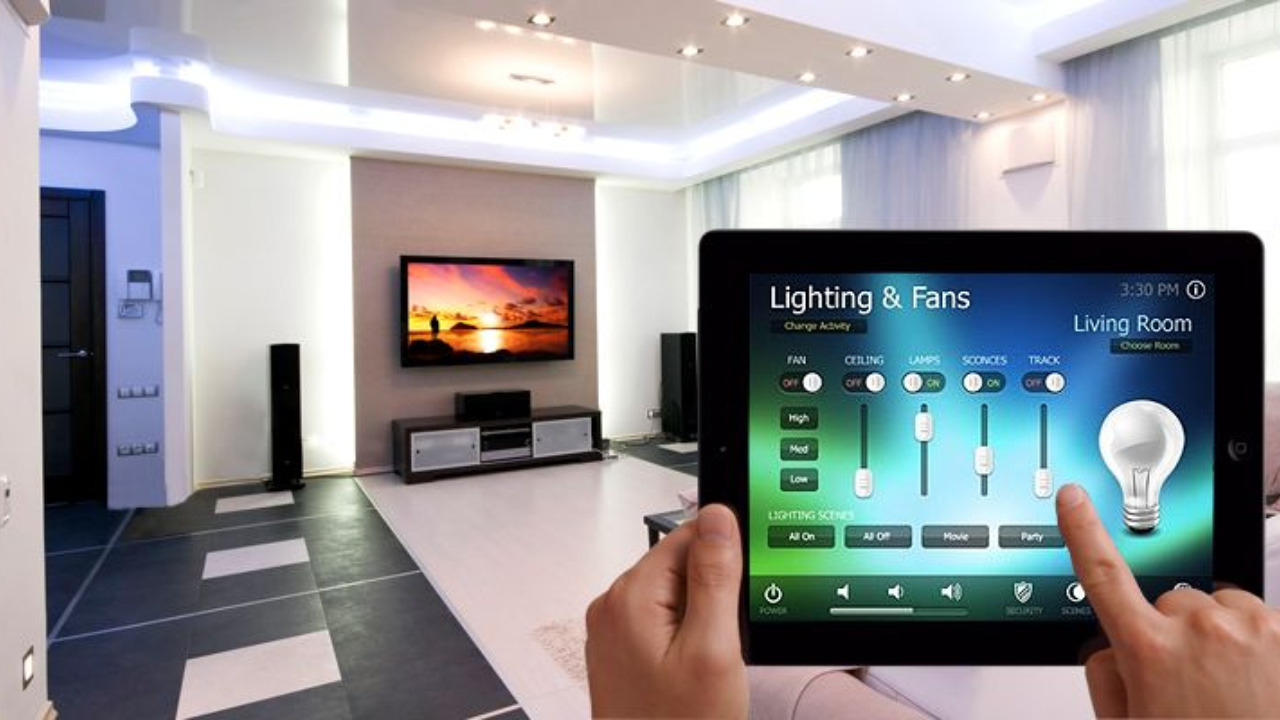What comes first to your mind when you think of a smart home?
It’s probably the automatic doorbells or voice-activated home speakers.
Right?
But do you know that behind these convenient, automated, secure, and energy-efficient homes lies smart wiring? Smart wiring is crucial for the proper functioning of any smart home. This wiring connects the smart devices with existing wiring just like conventional wiring.
Smart devices are usually wireless but if a large number of smart devices are working simultaneously then signal can be an issue. To avoid this problem, smart wiring is considered as a good option.
Some of the devices that you can connect through smart wiring are:
- Home theater or TV
- Audio system
- Security alarms
- Smart thermostats
- Desktop
For smart wiring, you just need to run fiber-optic Ethernet or Cat6 cable from a central point directed toward various devices that you want to connect.
Let’s dive deeper into the details of smart wiring for your smart homes.
Table of Contents
What is Smart Wiring
Smart wiring is the wiring system that connects different types of wiring around the house on one platform. From lighting and security to entertainment systems and communication devices all of them can be connected on a single platform. Smart wiring also allows you to add more devices later. So, if you are looking to develop a smart home, then it’s time to consider smart wiring for your home.
There are many potential benefits of smart wiring for a smart home. Some of these include:
- Smart wiring ensures that a strong network connection exists that connects your multiple devices efficiently.
- Smart wiring is necessary to create a reliable circuit network that keeps your appliances working.
- It protects your electronic equipment from damage due to unusual electrical activity.
- Smart wiring makes your home energy-efficient, saving on electricity bills.
- Moreover, smart wiring makes your home secure.
How to Do Smart Wiring
Smart wiring can be done either during the construction of your house or later on. However, installation done during the construction phase is more cost-effective than doing it as a house revamp project.
You can get the professional services of an electrician to get smart home wiring for new construction. Professionals are well-equipped and possess the right skill set to complete the task in a given time with perfection. However, this doesn’t mean that you can’t do it on your own. Smart home wiring can be a DIY project. If you are looking to do home automation wiring, then here are the steps you need to follow.
1. Plan the Layout
The first step of smart home wiring is to plan a layout. Decide which devices you intend to connect with the smart home wiring system and how you are going to connect them. Make sure to check all the requirements such as power supply, connectivity issues, number of smart devices connected. Moreover, make sure that all the devices in your home can be easily connected to the wiring system.
2. Choose a Location
The second step to smart home wiring is to find the best spot where you can install the smart wiring panel. You can choose any central location in your house that is accessible. Make sure there are plenty of power outlets in the area where you can easily hook your equipment. If the outlets are not present in the first place, you can install them before actually installing the smart home wiring system.
3. Install Neutral Wire
The next step is to install the neutral wire in junction boxes. You might not need them immediately but need them later especially when installing upgraded switches, keypads, etc. So, make sure that the neutral wire remains available to work with devices that need a three-wire connection. You can use deep junction boxes for their installation as they provide more working space.
4. Install Conduits
After installing the neutral wire, now it’s time for cable conduit installation. Conduits mainly protect your wires and minimize the chances of damage. You can install them even if you don’t need them immediately. After installation connect them with the wall sockets and leave them covered with wall brackets unless you need to use them.
5. Install Wiring Closet
Now it’s time to construct a small closet for servers, patches, and distribution panels. While having the closest make sure there is enough space left for wires and movement. With this, you are done with the installation of smart home wiring.
Tips to Consider While Having Smart Home Wiring Systems
No matter if you are choosing smart home smart home wiring for new construction or in your old home, make sure to follow all these tips:
- Plan the smart home wiring systems installation carefully and make sure you keep all the aspects of your residential space in mind.
- Always invest in high-quality components such as cables, switches, outlets, etc.
- Ensure the safety of your smart home devices by having strong passwords and two-factor authentication.
- Leave space for wiring additional devices in the future.
- For smart devices having maximum usage, make sure that you use dedicated circuits.
- Last, don’t forget to test the home automation wiring after installation.
Smart Wiring Systems for Your Smart Homes
Smart homeowners often want the best smart devices for their homes. With this, they should never compromise getting the smart wiring system for their devices. Smart wiring systems for both new and old construction are quite beneficial for homeowners. They provide better control over your electrical appliances as well as centralized control. You can consider the installation of a small home wiring system on your own or seek out professional help.





